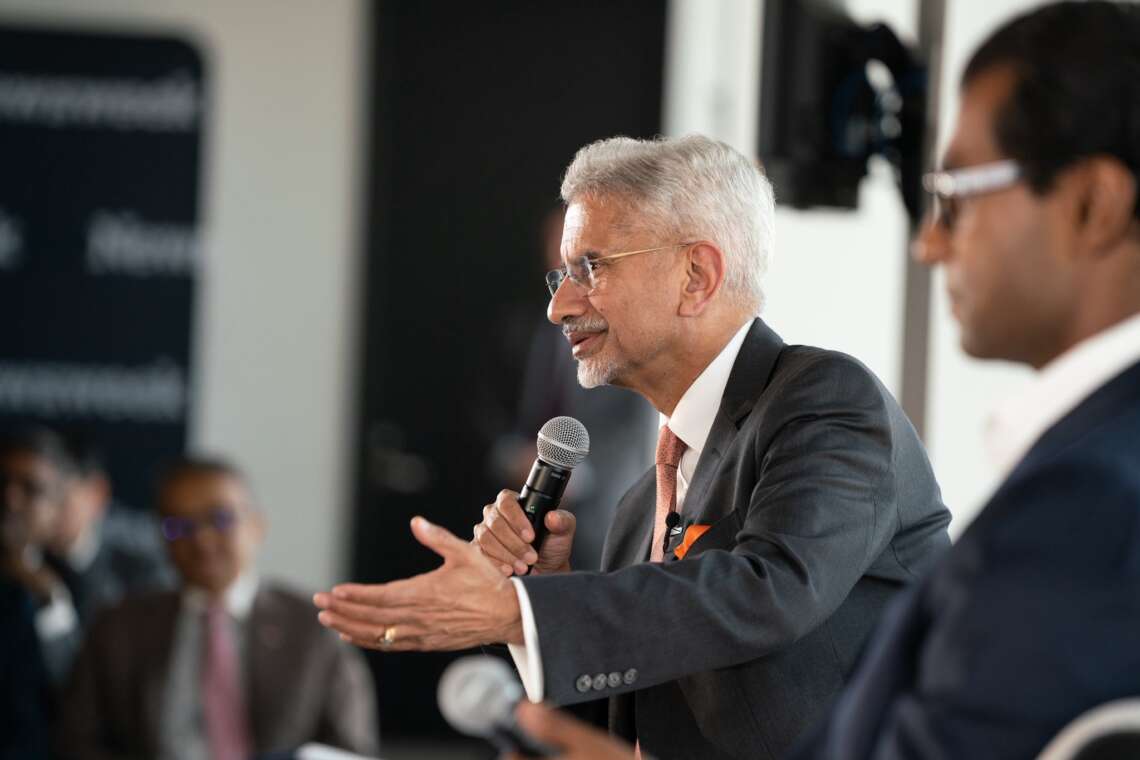Margins should remain steady despite weak revenue growth, as companies optimise costs and tighten discretionary spending…reports Asian Lite News
Subpar growth should persist in Q4 for IT companies as muted demand trends continue on account of weak discretionary spending and cautious behaviour by clients, amid uncertain macros, Emkay Global Financial Services said.
Margins should remain steady despite weak revenue growth, as companies optimise costs and tighten discretionary spending. The expectations of slower and shallower rate cuts may delay recovery for IT companies, the brokerage said.
IT companies should report a muted quarter again as clients continue to restrict discretionary spending, coupled with the usual seasonal weakness. Some sequential improvement should be aided by the reversal of furloughs. Mid-caps are again expected to outperform; we expect them to report sequential growth of 1-5 per cent compared to -2 per cent to +2 per cent (USD growth) for large-caps, the brokerage said.
4QFY24 will likely see a continuation of recent soft demand trends for IT services companies, JM Financial Institutional Securities said.
Quarterly guidance by global peers already points to a weak start to the year. Accenture’s commentary alluded to further tightening of IT budgets from January. Furloughs likely spilled over to Q4, a sign of incremental budget squeeze, the brokerage said.
TCS, aided by the BSNL deal ramp, will likely lead the growth. Mid-cap under coverage will do relatively better.
NIFTY IT index has given all its gains year to date, cushioning the downside. But expectations are still not low enough to allow for positive surprises. A weaker-than-expected guidance could change that. That would be a good entry point, the brokerage said.
Meanwhile, homegrown solutions and products built on top of the digital public infrastructure (DPI) by young entrepreneurs will pave the path towards India becoming a $5 trillion economy, industry experts said on Sunday.
With successful mass adoption and larger economic impact, DPIs are impacting approximately 1.3 billion citizens, covering 97 per cent of India’s population.
The matured DPIs enabled a value creation of $31.8 billion, equivalent to 0.9 per cent of India’s GDP in 2022, according to a Nasscom-led study that came out last month.
“Digital technology is creating an enabler for the larger ecosystem in India, whether it is in healthcare or agriculture. What is most exciting for me is in the space of education,” Mayank Kumar, Co-founder and MD of edtech platform upGrad, told IANS.
“A robust digital infrastructure has been laid across the country. Multiple companies and entrepreneurs can now build strong solutions on top of that which will pave the path towards India being a $5 trillion and a $10 trillion economy in the coming future,” Kumar added.
India’s interoperable and open-source DPIs are now being adopted or considered by over 30 countries to enhance social and financial inclusion.
According to experts, DPI provides a close-up approach to fostering digital inclusion and contributing to economic growth at scale.
“Think of ‘India stack’ as a bridge between the physical infrastructure such as broadband and an array of digital services that’s contributing to digital adoption at scale – ranging from identity (Aadhaar) to payments to health care, among others,” Prabhu Ram, Head, Industry Intelligence Group at market intelligence firm CMR, told IANS.
ALSO READ: Indian Oil, Panasonic Ink JV for Lithium-Ion Cell Production














